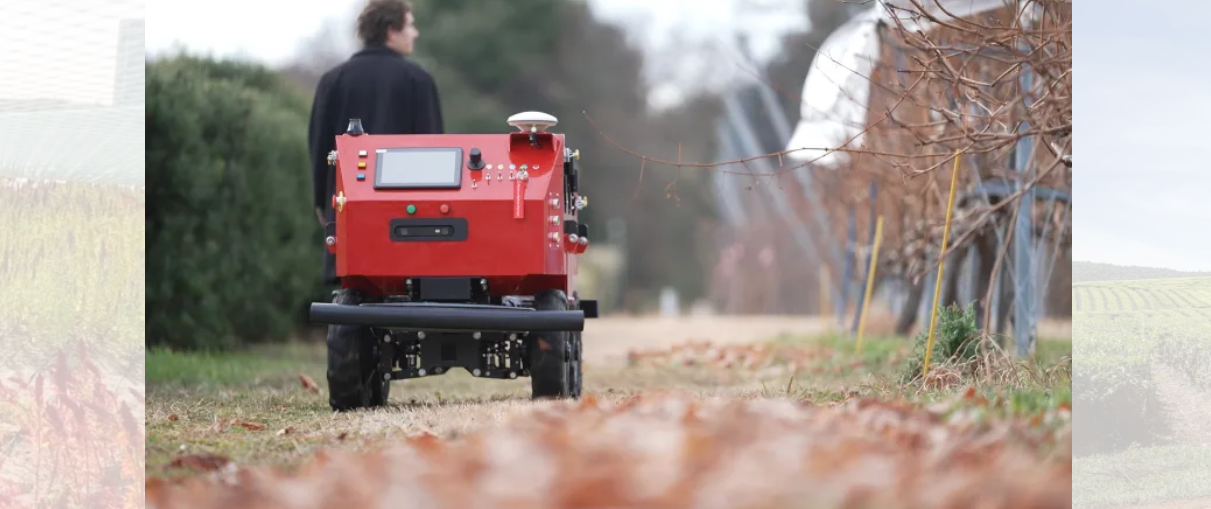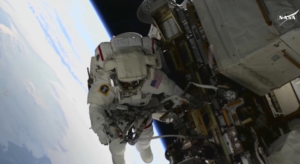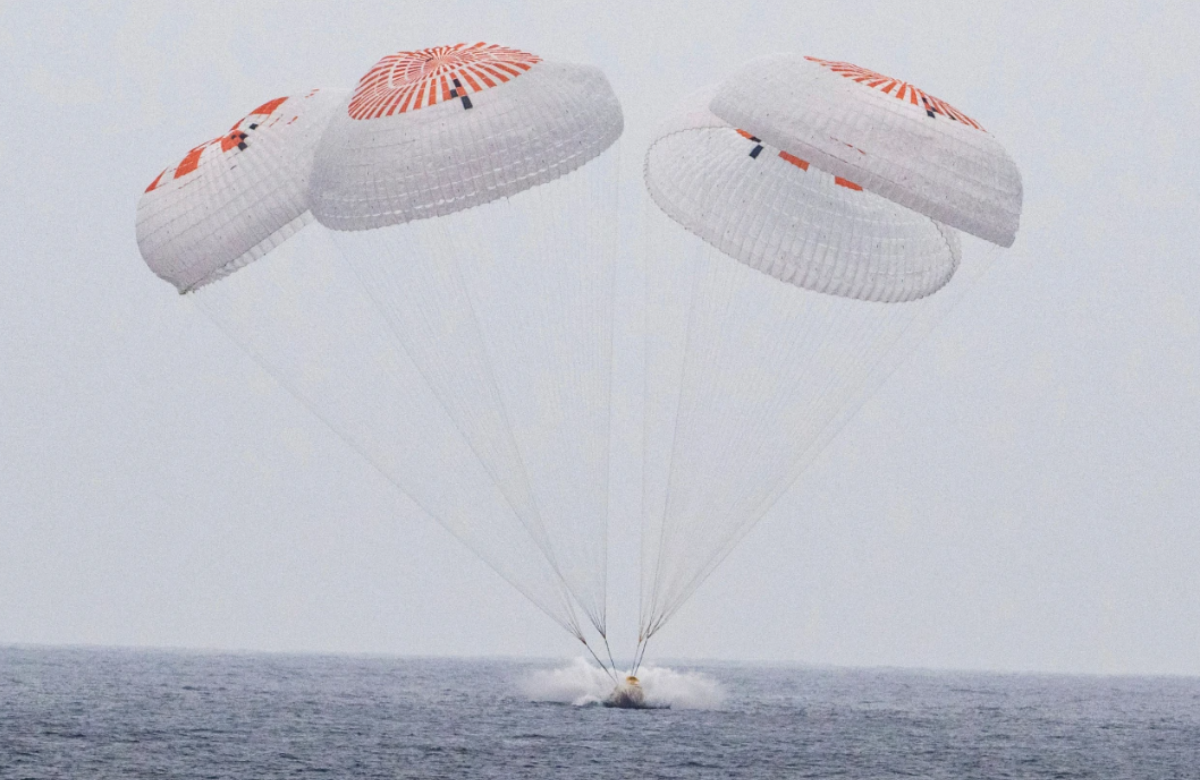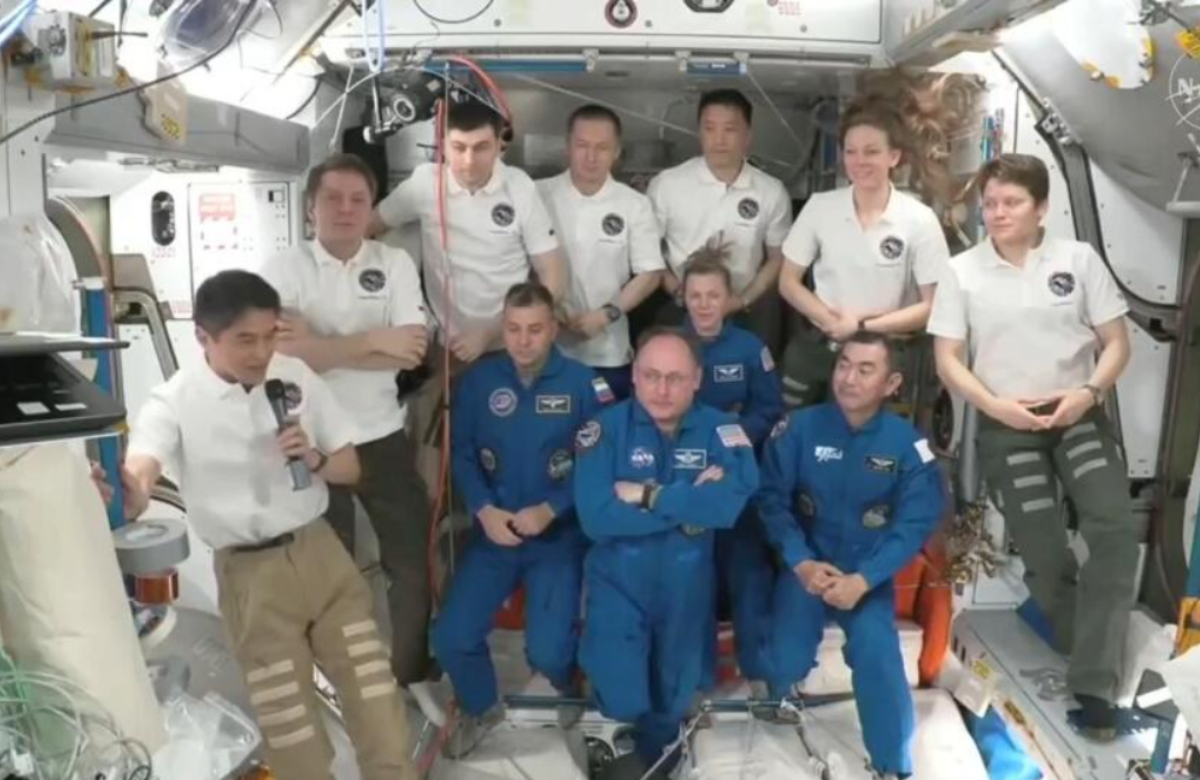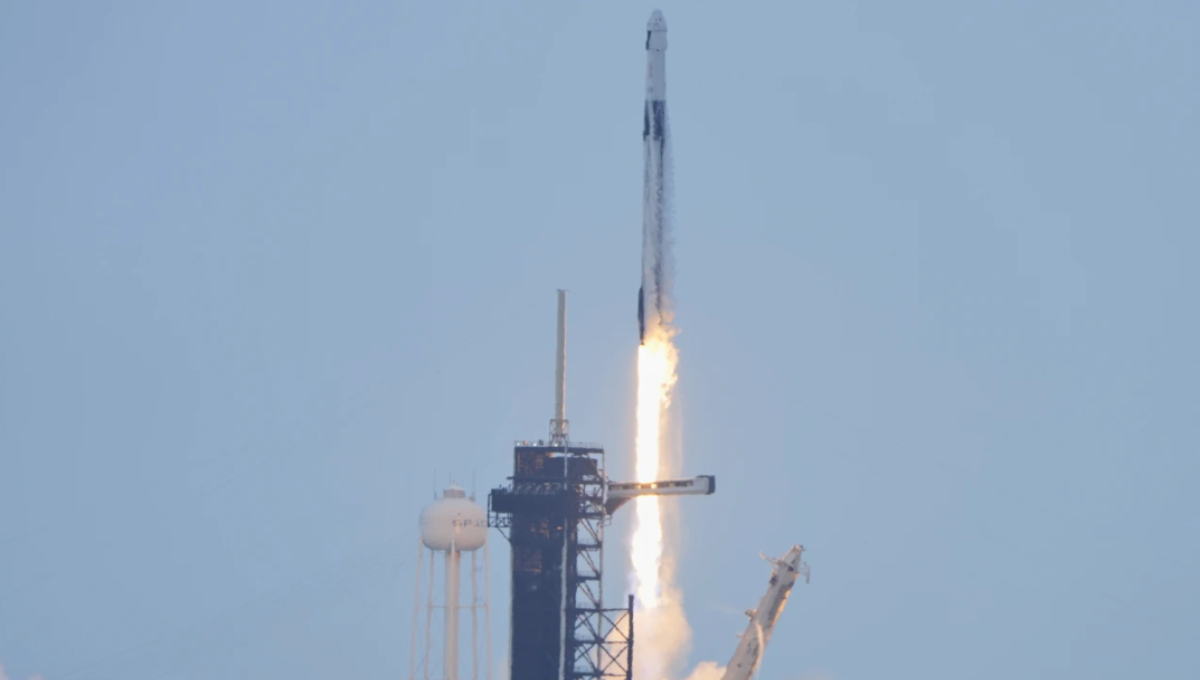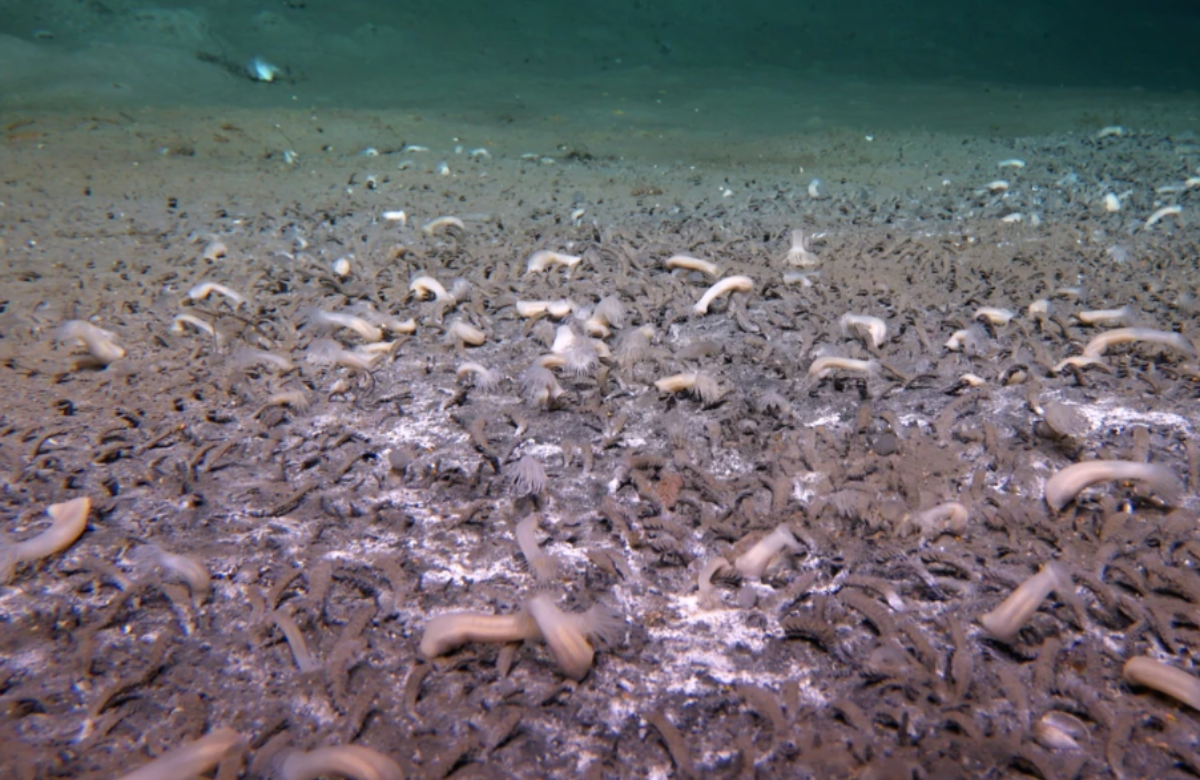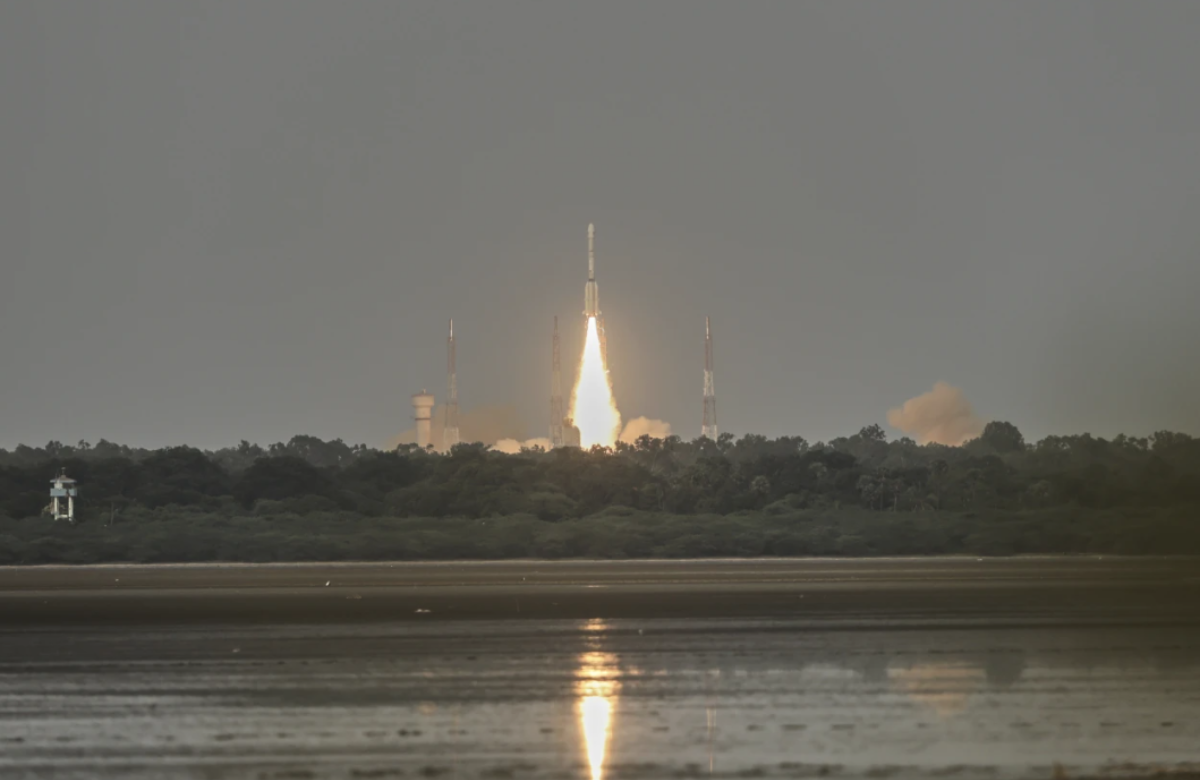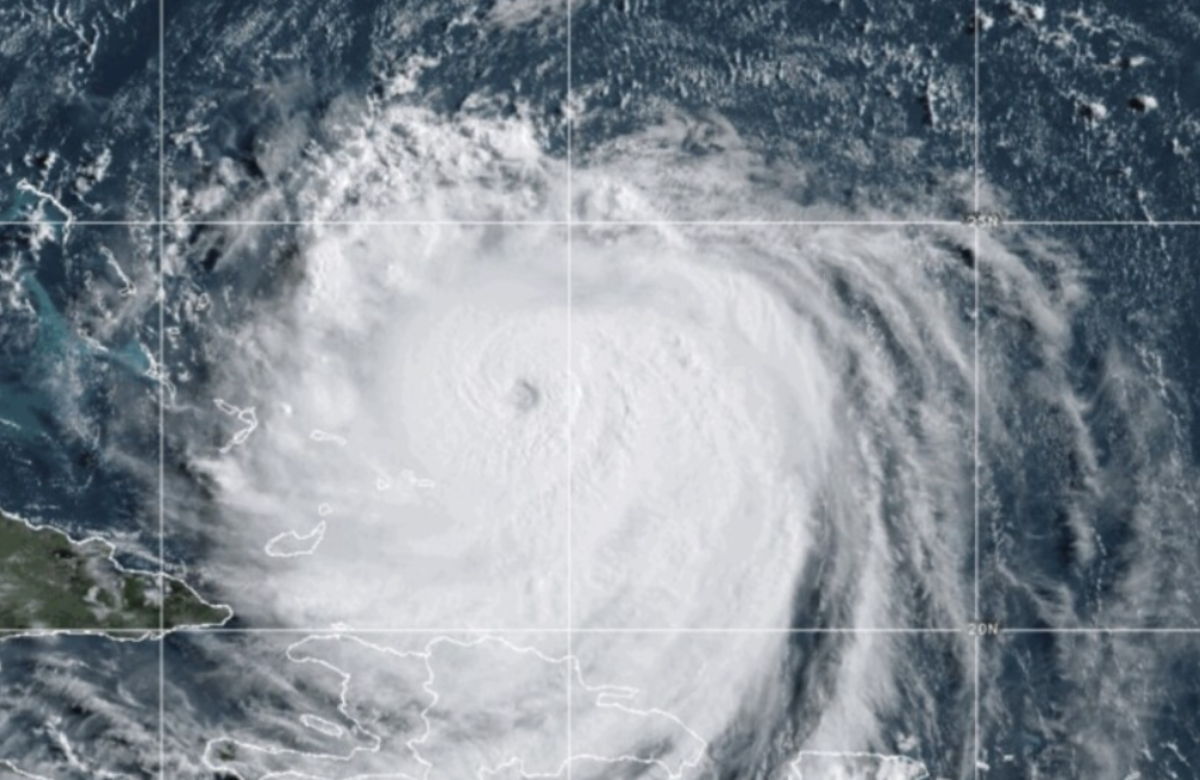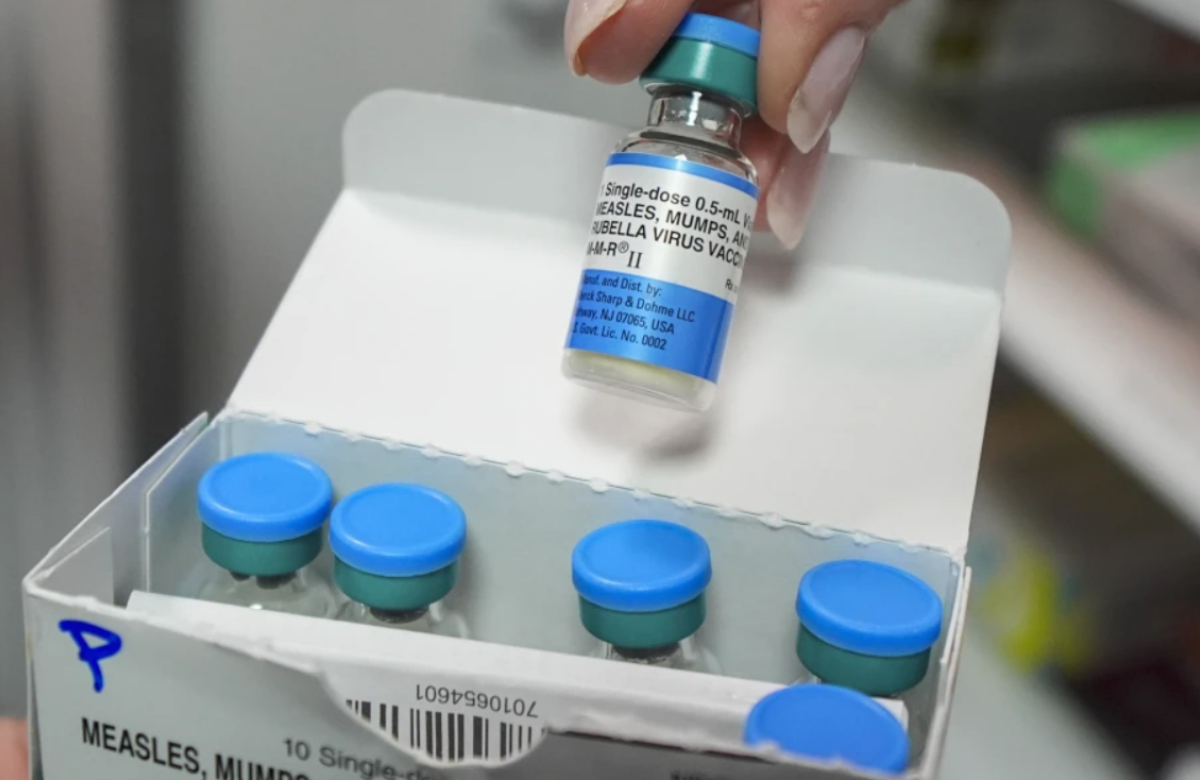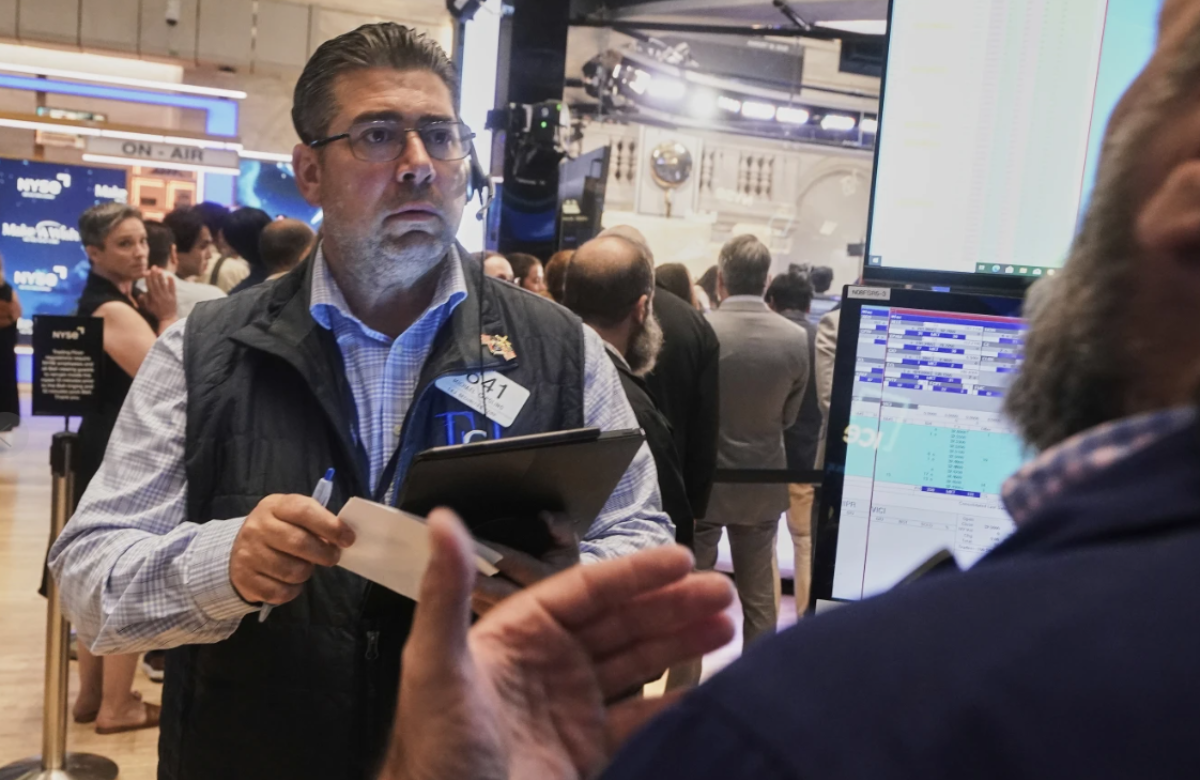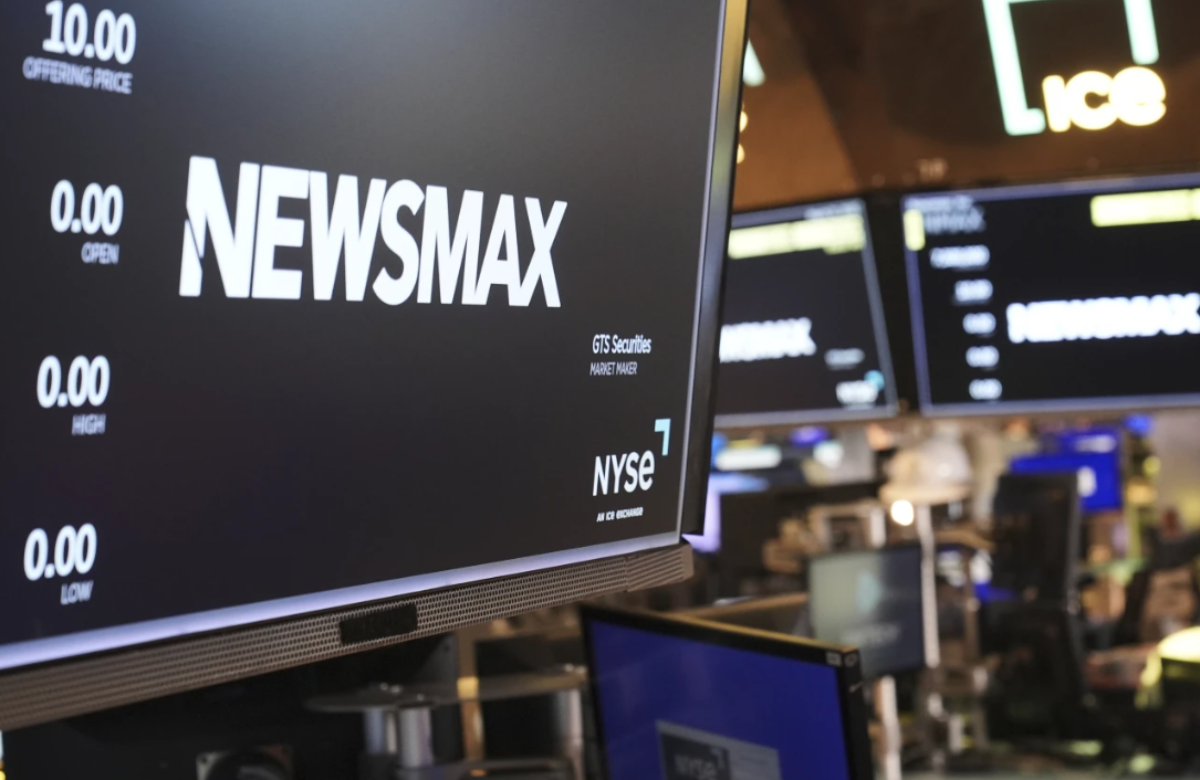Japan has the oldest population in the world, with a third of its citizens aged over 65 and one in ten over 80. This demographic shift is the result of low birth rates and high life expectancy. As a consequence, the working-age population (those between 15 and 64 years old) is expected to decline by 30 million people between 2020 and 2070.
The agricultural sector is particularly affected by this issue. According to Japan’s Ministry of Agriculture, Forestry, and Fisheries, the number of people employed in farming has halved from 2000 to 2023, and only about 20% of the workforce is under 60 years old.
In response to this labor shortage, Japan is turning to robotics, along with relaxed immigration and fertility policies, to help sustain its workforce. Tamir Blum, who founded Kisui Tech in 2021 while still a student, is using technology developed for space exploration to create AI-assisted farming robots. He highlights that in the last two decades, half of the farmers have retired, placing a greater burden on the remaining farmers to ensure a stable food supply.
The semi-autonomous robot, named Adam, is designed to assist with farm work by carrying harvested produce across challenging terrains, cutting grass, and spraying pesticides. Tamir Blum, an Israeli-American who first visited Japan in 2015, returned in 2018 for a PhD program where he focused on lunar rovers and their ability to navigate rough, uneven surfaces.
Blum, who traveled extensively through rural Japan during his PhD, noticed the severe labor shortage in agriculture. He observed many abandoned homes and saw how aging farmers were struggling. This experience led him to realize the potential of off-road robotics technology, which he believed could be effectively applied to outdoor orchards, a setting with terrain similar to the rugged landscapes he studied for space robotics.
Kisui Tech is collaborating with the Agriculture Department at Chiba University, located near Tokyo, to develop two versions of the Adam robot — a full-size model and a smaller mini version. These robots are being tested in real-world farming environments across Japan.
The larger Adam stands at 70 cm tall and 188 cm long, and is designed for apple and pear farmers. It features a large truck bed to transport produce or fertilizers. The mini Adam, about one-third the size of the larger model, is aimed at grape and persimmon farms, where the rows are narrower. In addition to the robots, Kisui Tech is also working on an online platform called Newton, which provides farmers with real-time data on crop health, diseases, and farm management. The Adam robot is expected to be priced around $20,000 in international markets.
Blum expresses his surprise at the positive response from farmers, saying, “In Japan, there’s a stereotype that farmers are very traditional and resistant to technology, not open to trying new things. However, the farmers have been very receptive, eager to offer advice, and willing to try out Adam.”
Adam is nearing its commercial release and has undergone significant improvements based on feedback from farmers. For instance, the original touchscreen was replaced with a panel featuring physical buttons, as farmers often wear gloves that don’t work well with touchscreens.
Kisui recently completed its first paid pilot project, automating patrols and data collection at a solar plant for a Japanese power company. Blum mentions that the company has also received inquiries from the construction industry, which is interested in using the robot for patrols, security, and transporting heavy goods.
“We see Adam as a versatile tool, not only for farming but for all kinds of outdoor tasks,” says Blum.
